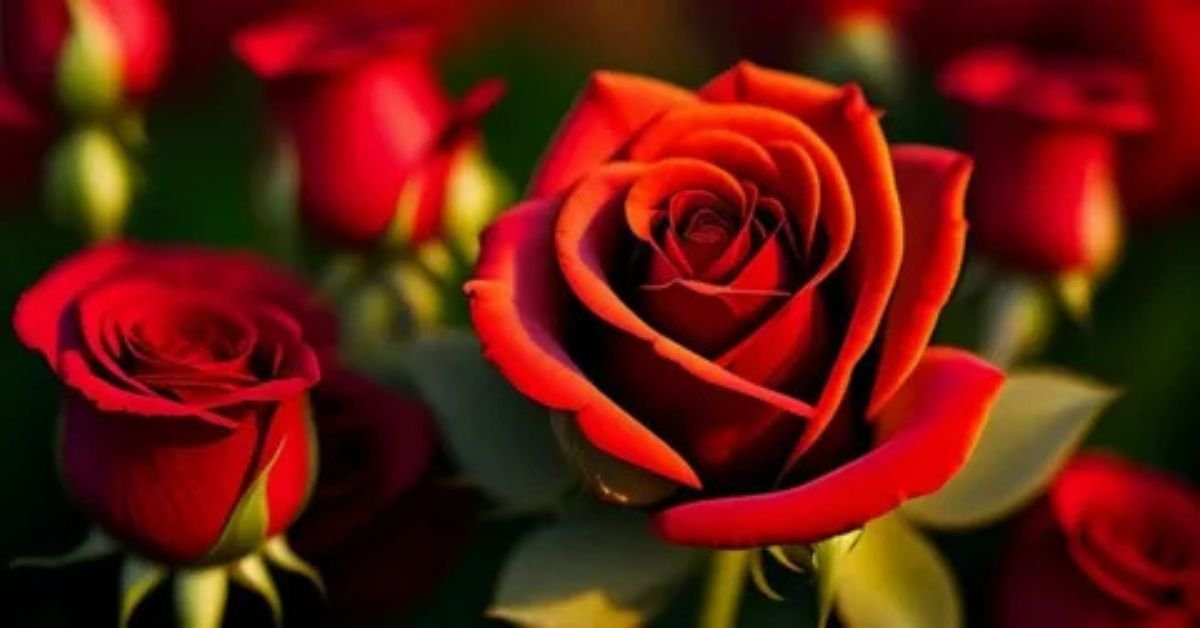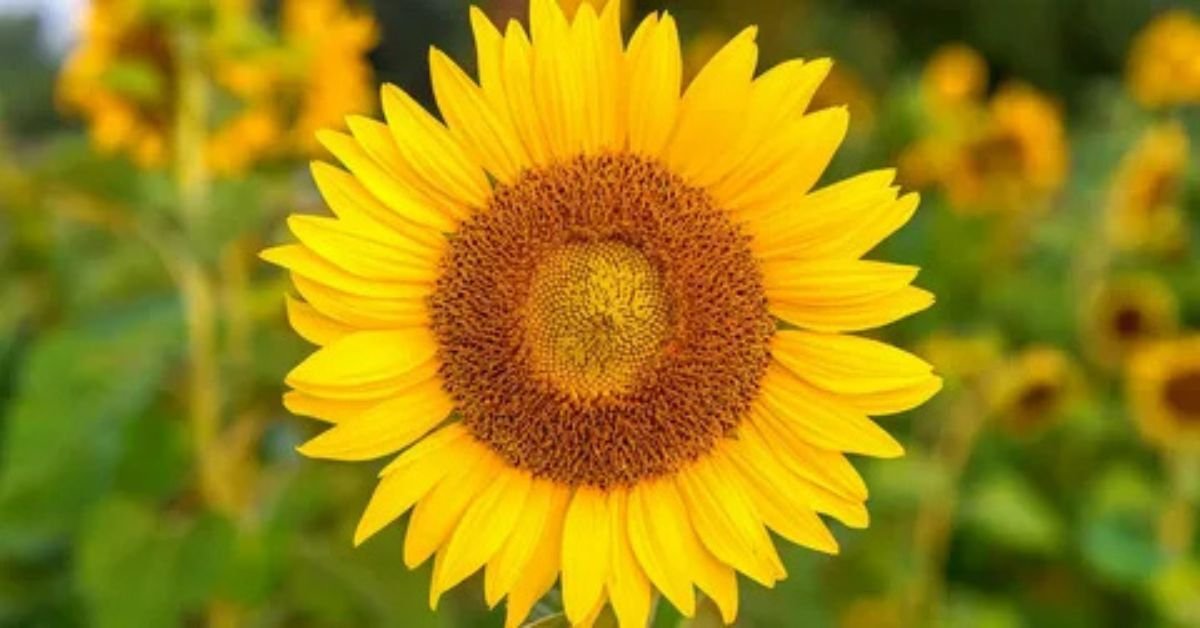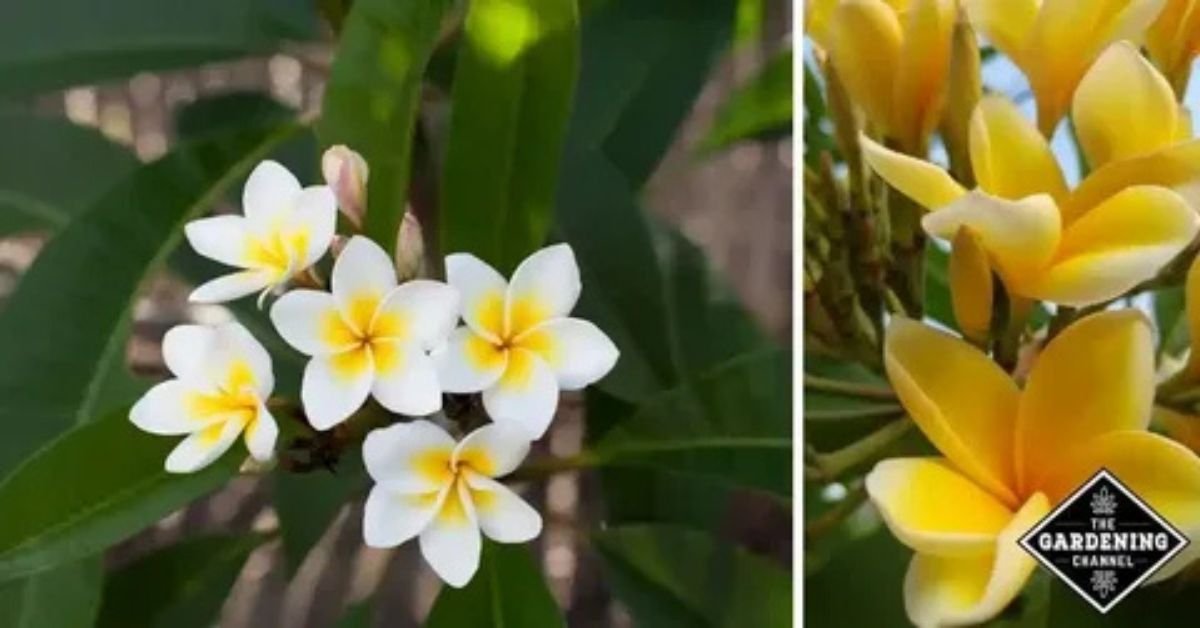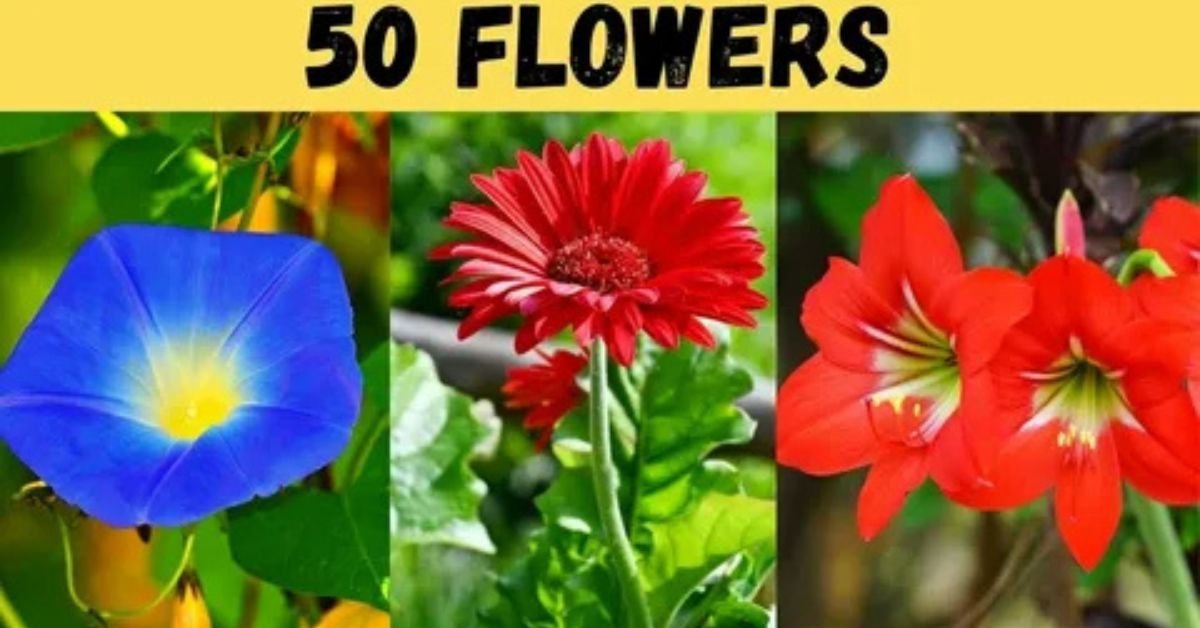Introduction:
Throughout history, flowers have been admired as symbols of beauty, love, and spirituality in various cultures across the globe.. In Maharashtra, flowers hold a significant place not only in daily life but also in religious ceremonies, festivals, and traditional rituals. The Marathi language has unique names for various flowers, many of which are tied to local customs, beliefs, and sacred practices. From garden flowers to flowers used in worship, Marathi names for flowers reflect the culture and history of the region.
In this article, we will explore popular flower names in Marathi, the symbolism behind them, and how they are celebrated in Marathi culture. Whether you are interested in understanding the cultural importance of flowers or want to learn about the Marathi names for different blooms, this guide provides in-depth information about their significance.
1. Gulab – Rose

The rose is considered one of the most cherished flowers around the world.. In Marathi, it is called (Gulab). Known for its fragrant petals and stunning colors, the rose symbolizes love, beauty, and passion. Roses are often seen in gardens, bouquets, and religious rituals, making them one of the most popular flowers in Maharashtra.
Roses represent not only love but also respect and admiration. The Gulab is used widely during various celebrations like weddings, festivals, and anniversaries. The flower is often associated with romantic gestures, making it a perfect gift to express affection. Apart from being used for decoration, rose petals are also used to make rose water, which has medicinal and cosmetic uses in the region.
Cultural Significance of Gulab: In Marathi weddings, Gulab petals are sprinkled over the bride and groom, symbolizing love and prosperity. The flower is also used in various festivals and religious rituals, particularly during Ganesh Chaturthi and Diwali.
2. Jasvand – Hibiscus
The hibiscus flower, known as (Jasvand) in Marathi, is another popular flower in India. It is widely recognized for its large, vibrant petals, often found in shades of red, yellow, and pink. The Jasvand holds religious significance, especially during the worship of Lord Ganesha.
Jasvand is often used during Ganesh Chaturthi to offer prayers to Lord Ganesha. Beyond its religious use, Jasvand is also known for its medicinal properties. It is believed to have numerous health benefits, particularly for the skin and hair. In Ayurveda, hibiscus is used to treat ailments like high blood pressure and is also found in many herbal remedies.
Medicinal Benefits of Jasvand: The hibiscus plant has been used for centuries in traditional medicine. The flowers are known to improve skin health, promote hair growth, and even help regulate blood pressure. Some people also use it as a natural remedy for digestive problems.
3. Kamal – Lotus
The lotus, called (Kamal) in Marathi, is an iconic flower that holds a deep spiritual significance in Hindu culture. Known for its delicate petals and serene beauty, the lotus symbolizes purity, enlightenment, and divine beauty. Despite growing in muddy waters, the lotus remains untainted, making it a symbol of spiritual growth and purity.
The lotus is often associated with Lord Vishnu and Goddess Lakshmi in Hindu mythology. It is a prominent flower in temples and is used during prayers and offerings. In Maharashtra, the lotus is considered a symbol of divine beauty, and it plays an important role in religious rituals.
Spiritual Significance of Kamal: The lotus flower is not just beautiful but holds deep spiritual meaning. It is believed to represent the divine power of creation and renewal. In Maharashtra, the lotus is a common sight during religious festivals and ceremonies, especially those related to Lord Vishnu and Goddess Lakshmi.
4. Suryamukhi – Sunflower

The sunflower, or Suryamukhi in Marathi, is a vibrant flower that follows the sun’s path as it rises. The sunflower is recognized for its bright yellow petals and large size, symbolizing positivity, energy, and vitality. It is often seen in gardens and fields, and its sunny disposition makes it a symbol of optimism and strength.
Symbolism of Suryamukhi: The sunflower represents warmth, brightness, and prosperity. It always faces the sun, making it a metaphor for overcoming obstacles with positivity. In Maharashtra, Suryamukhi is not just a flower, but a symbol of how to embrace challenges with a bright outlook.
Uses of Sunflower: Apart from its ornamental use, sunflower seeds are commonly eaten as snacks or used to make oil. The sunflower is also seen as a symbol of strength and resilience, as it always follows the sun, no matter the circumstances.
5. Parijat – Night Jasmine
The Parijat, commonly referred to as Night Jasmine, is known as Parijat in Marathi. This unique flower blooms at night and exudes a sweet, intoxicating fragrance. Parijat holds religious importance and is associated with Lord Krishna in Hindu mythology.
It is believed that Lord Krishna brought the Parijat tree down from the heavens. It is believed that the tree grants divine blessings and is often seen in gardens and temples. The flower is also used in prayers and rituals, particularly during festivals like Janmashtami.
Medicinal Uses of Parijat: Besides its spiritual significance, the Parijat flower is known for its medicinal properties. The flowers and leaves of the Parijat tree are used in traditional remedies for various ailments like insomnia, headaches, and skin disorders.
6. Chameli – Jasmine

The Chameli flower, called Chameli in Marathi, is admired for its delicate petals and pleasant aroma. It is commonly used in religious rituals and can be found in gardens across Maharashtra. It is also used to make perfumes, oils, and fragrant garlands.
Religious Significance of Chameli: In Maharashtra, Chameli flowers are used to adorn temples and are offered to the gods during prayers. They are particularly significant during festivals like Diwali and Ganesh Chaturthi.
Chameli’s Symbolism: The Chameli flower represents purity, grace, and spiritual devotion. It is often used in wedding ceremonies and rituals to bring blessings and good fortune.
7. Tulsi – Basil
The Tulsi plant (called Tulsi in Marathi) is sacred in Hinduism and highly revered in Marathi households. The plant holds both religious and medicinal value, and is believed to be the dwelling place of Goddess Lakshmi.
Religious Significance of Tulsi: The Tulsi plant is worshipped every day in many Marathi homes, especially during the winter months. Offering prayers to Tulsi is believed to bring blessings, peace, and prosperity to the home.
Health Benefits of Tulsi: Besides its religious importance, Tulsi is widely used in Ayurveda for its numerous health benefits. It is known to boost immunity, aid digestion, and relieve stress. The leaves of Tulsi are often consumed as part of herbal teas to promote well-being.
8. Datura – Thorn Apple
The Datura flower, known as Datura in Marathi, is known for its large, trumpet-shaped petals, which are usually white or purple. This flower is often used during Shiva worship and is associated with Lord Shiva in Hindu mythology.
Cultural Significance of Datura: The Datura flower is commonly used in Shivaratri rituals and is offered to Lord Shiva. However, the flower is toxic and should be handled with care.
Medicinal Uses of Datura: While Datura has hallucinogenic properties, it is also used in Ayurvedic medicine for its medicinal benefits. However, due to its toxicity, it should only be used in very controlled doses.
9. Gulchafa – Frangipani

The Frangipani flower, called Gulchafa in Marathi, is admired for its fragrant aroma and stunning petals. Gulchafa is often found in tropical gardens and is used in various religious offerings.
Symbolism of Frangipani: The Frangipani flower represents love, positivity, and warmth. It is used in worship and is believed to bring happiness and good fortune to the home.
10. Mogra – Jasmine
The Mogra flower, another variety of Jasmine, is famous for its strong fragrance. This flower is highly valued in Maharashtra and is commonly used in religious rituals and festivals.
Religious Significance of Mogra: In Maharashtra, Mogra is often used as a flower offering in temples. It is also used during Ganesh Chaturthi and Diwali as part of religious rituals.
Conclusion
Flowers are not just beautiful creations of nature; they carry deep cultural, religious, and spiritual significance, especially in Marathi culture. From the Gulab (Rose) symbolizing love to the Tulsi (Basil) embodying purity and health, each flower in Marathi holds a unique meaning that connects it to the everyday lives of the people. Whether it’s used for religious ceremonies, festivals, or simply as a decorative element, flowers play an essential role in Marathi traditions and culture.
In Maharashtra, the names of flowers are not just words; they are representations of the region’s history, values, and spirituality. Through this article, we have explored some of the most popular flower names in Marathi and their cultural importance. Understanding these names gives us a deeper connection to the natural world and its profound impact on our cultural and religious practices.
As we appreciate the beauty and significance of flowers in our lives, we continue to celebrate their presence in every ritual, festival, and gathering. The colorful world of Marathi flowers offers more than just aesthetic pleasure—it brings life to our spiritual and cultural experiences.
FAQs
1. What is the significance of the Gulab (Rose) in Marathi culture? Gulab is used in weddings, festivals, and religious rituals. It symbolizes love, beauty, and respect.
2. Can Parijat (Night Jasmine) be used for medicinal purposes? Yes, Parijat has medicinal benefits and is used to treat insomnia, headaches, and skin conditions.
What makes Tulsi sacred in Marathi households? Tulsi is considered sacred because it is associated with Lord Vishnu and is believed to bring blessings, health, and prosperity.
4. How is Datura (Thorn Apple) used in Marathi culture? Datura is used in Lord Shiva worship, especially during Shivaratri, but it must be handled with caution due to its toxicity.
5. What are the uses of Chameli (Jasmine) flowers? Chameli is used in religious offerings, for making garlands, and is also popular for its fragrance in perfumes and oils.
Aoon Abbas is an experienced SEO expert dedicated to helping businesses grow through data-driven strategies, keyword optimization, and effective digital marketing.

